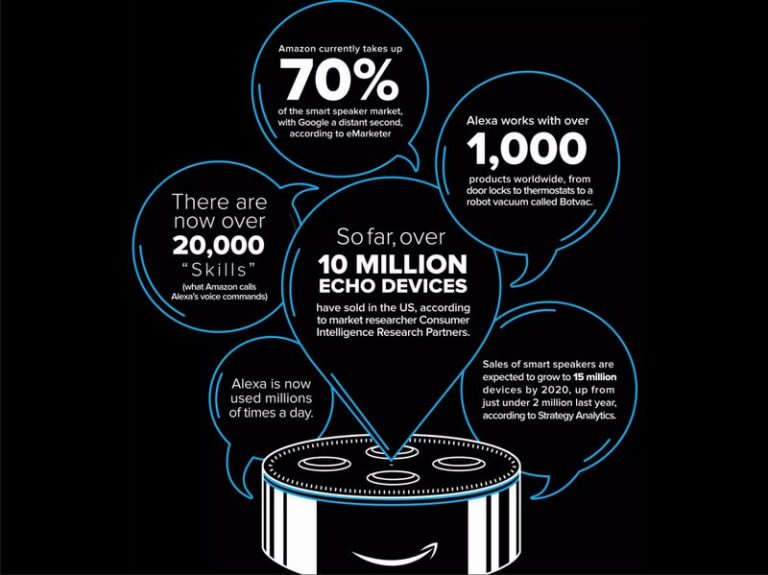According to a new analysis from the Pew Research Center, Americans ages 18–49 were more likely to accurately categorize factual statements as facts and opinion statements as opinions. You can test your own ability here, no matter your age. Read “What is Fake News” at https://guides.libraries.psu.edu/fakenews Fake News: Sources that intentionally fabricate information, disseminate deceptive […]
The Death of Microsoft’s LinkedIn’s SlideShare
In 2016, SlideShare had over 70 million unique visitors per day, and it was listed by Alexa as one of the top 100 most visited websites in the world. At its peak, it was such a powerhouse that Obama used the network to post his birth certificate. It also stood for years as a premier […]
We May Be Driving and Living in Alexa’s World
Why We May Soon Be Driving and Living in Alexa’s World Unless Google or Apple’s will say I do! Amazon’s voice assistant has wormed herself into our lives, and into much of the culture beyond, When Amazon unveiled Alexa three and a half years ago, it was roundly jeered. Now, against all expectations, even […]
Influencer Marketing Tools used by industry experts
A list of the favorite Influencer Marketing tools used by Industry Leading Experts Over 40 experts reveal the best Influencer Marketing tools to build and manage a campaign, an expert roundup of the top most Influencer’s in the Industry. Buzzsumo is among the most popular tools and is used to identify influencers in a niche […]
Best Social Media Automation Tools to Boost Traffic
What are the Best Social Media Automation Tools to Better Reach My Audience? The internet is chalk full of tools that are useful in this arena. Many sites exist to make your life easier by taking some of the burdensome work off of your shoulders. We’ve compiled a list of the nine best social media […]




